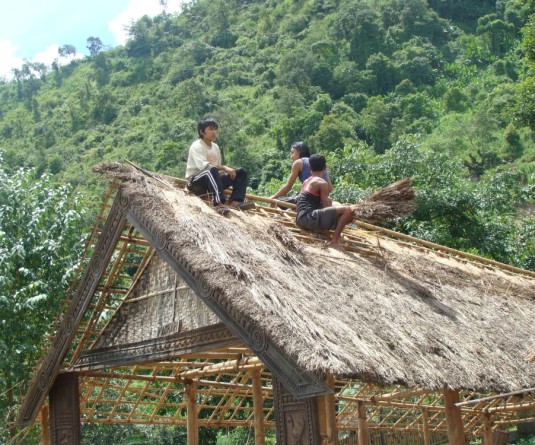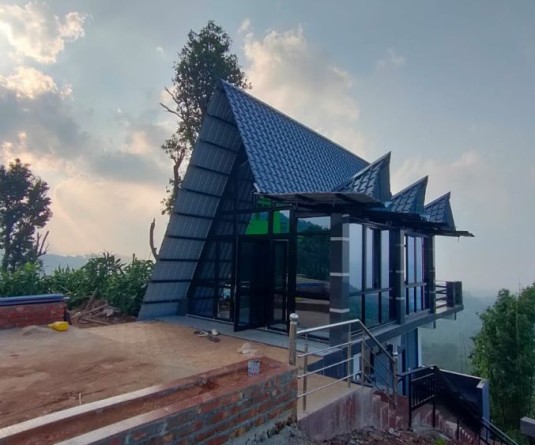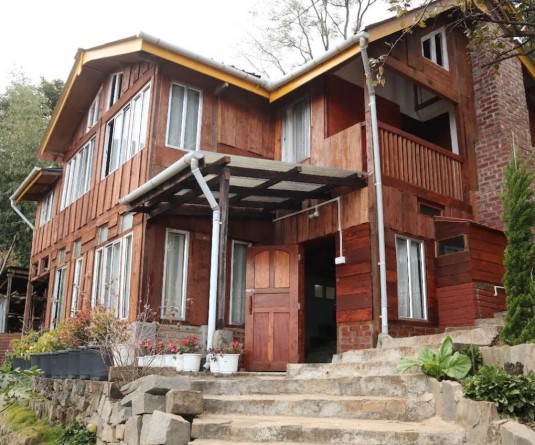‘Kholar’ beans, the economic pulse of farmers in Tuensang and Kiphire districts.
Ashikho Pfuzhe
Shamator-Chessore | February 2
They may not swear by it but this small bean has been the ‘manna’ to generations of the Yimchungrü Naga tribe living in Tuensang and Kiphire districts and on the other side of the Indo-Myanmar border.
‘Kholar,’ the local name for frenchbeans or ‘rajma’ is grown extensively in the Shamator-Chessore belt of Tuensang district and Pungro sub-division in Kiphire district and it is the “pulse” or main source of sustenance and livelihood for many families in these two districts. During mid-winter season, the hill ranges can be seen dotted with Kholar fields.
If you visit any Yimchungrü home in the interiors, you will always find a pot of Kholar simmering on the hearth.
According to local villagers, there are about 22 varieties of Kholar grown in the region with interesting names tagged (in Yimchungrü dialect) to each variety, like ‘Jepshiak’ (pure yellow), ‘Aphimbea’ (flying), ‘Moho’ (irresistible), ‘Amurak’ (pure black) and ‘Amurum’ (dog’s liver). ‘Jepshiak’ comes on top of the price list for its unique flavour. A tin (13-15 kg) of ‘Jepshiak’ costs Rs. 500-600 compared to Rs. 350-400 per tin for other varieties.
‘Aphimbea’, the small white bean which becomes slippery after it is cooked is believed to have medicinal value and is recommended as post-surgery diet as well as for replenishing bone marrow. Villagers, in jest, refer to ‘Aphimbea’ as the seed dropped from a plane by the Britishers. Villagers say ‘Moho’ is so named as the crimson pods of ‘Moho’ are so enticing that thieves or strangers cannot resist the urge to pluck them.
According to Yimchungrü folklore, one of their ancestors named Khomong discovered the bean seed in the wilderness and so Kholar is a combination of two words (‘Kho’ after Khomong and ‘Larü’- rich or plenty, meaning rich curry of Khomong). For the common Yimchungrü villager whose staple diet consists of Kholar throughout the year, even a meat-laden feast is incomplete without a spoonful of boiled Kholar.
And now ‘Kholar’ is also travelling places and to palates of many tourists flocking to the annual Hornbill Festival. Prince Andrew, the Duke of York, tasted the protein-rich Kholar gravy during his visit to Nagaland in May 2012.
Interestingly, ‘Kholar’ is also the name of a Yimchungrü village in Myanmar.
_____________________________
Drop in Kholar yield this season
The yield of Kholar this harvest season dropped as compared to previous years reportedly due to late sowing and rainfall. According to official sources, the annual yield of kholar from the 25-odd ‘Kholar villages” in Shamator-Chessore belt is estimated to be 250-300 MT. However, this season the harvest dropped to 50-60 MT. Sub divisional agriculture officer of Shamator, S Yongchang Phom, said the reason may be due to late sowing and continuous heavy rains in first week of October 2013. Agriculture department sources said the best sowing time for Kholar is from August 20-30 and the crop is harvested from November end till January. Most Kholar farmers are now adopting mix sowing to cut losses from failure of a particular variety in that season.
The yield of Kholar this harvest season dropped as compared to previous years reportedly due to late sowing and rainfall. According to official sources, the annual yield of kholar from the 25-odd ‘Kholar villages” in Shamator-Chessore belt is estimated to be 250-300 MT. However, this season the harvest dropped to 50-60 MT. Sub divisional agriculture officer of Shamator, S Yongchang Phom, said the reason may be due to late sowing and continuous heavy rains in first week of October 2013. Agriculture department sources said the best sowing time for Kholar is from August 20-30 and the crop is harvested from November end till January. Most Kholar farmers are now adopting mix sowing to cut losses from failure of a particular variety in that season.






